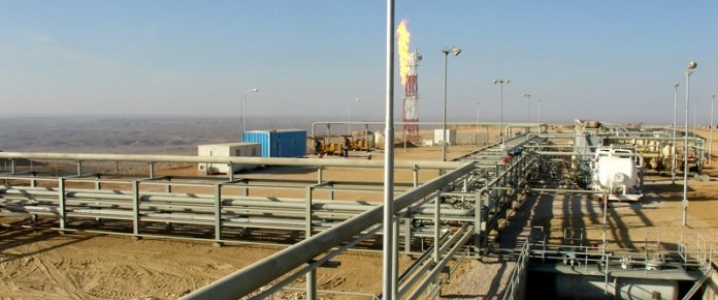New production projects and a fresh shale boom are likely to boost oil production by a million barrels per year and result in an oversupply in the upcoming years. The US investment bank Goldman Sachs predicts that “2017-19 is likely to see the largest increase in mega projects’ production in history, as the record 2011-13 capex commitment yields fruit”. The bank also said in its recently published research note that OPEC’s decision to curb production for the first time in almost a decade in a bid to tame the existing oversupply and thus reduce price volatility and increase stability unintentionally helped the shale producers.
“However, the unintended consequence was to underwrite shale activity through a bullish credit market at a time when delayed delivery of the 2011-13 capex boom could lead to record non-OPEC production growth in 2018,” the note further read. The Organization of the Petroleum Exporting Countries, or OPEC, agreed to curb its production by approximately 1.2 million barrels per day from 1 January this year. Russian and other non-OPEC countries producers agreed to jointly cut by an extra 600,000 bpd.
Goldman Sachs further commented that the cartel was likely to weigh the risk of long-term market share loss against the benefit of stability before deciding whether to extend production curbs. “US shale oil currently offers large-scale development opportunities with 6-9 months to peak production. In this environment, OPEC’s rational decision is to leverage on its cost leadership to maximize market share, while managing short-term inventory imbalances,” the bank said.




